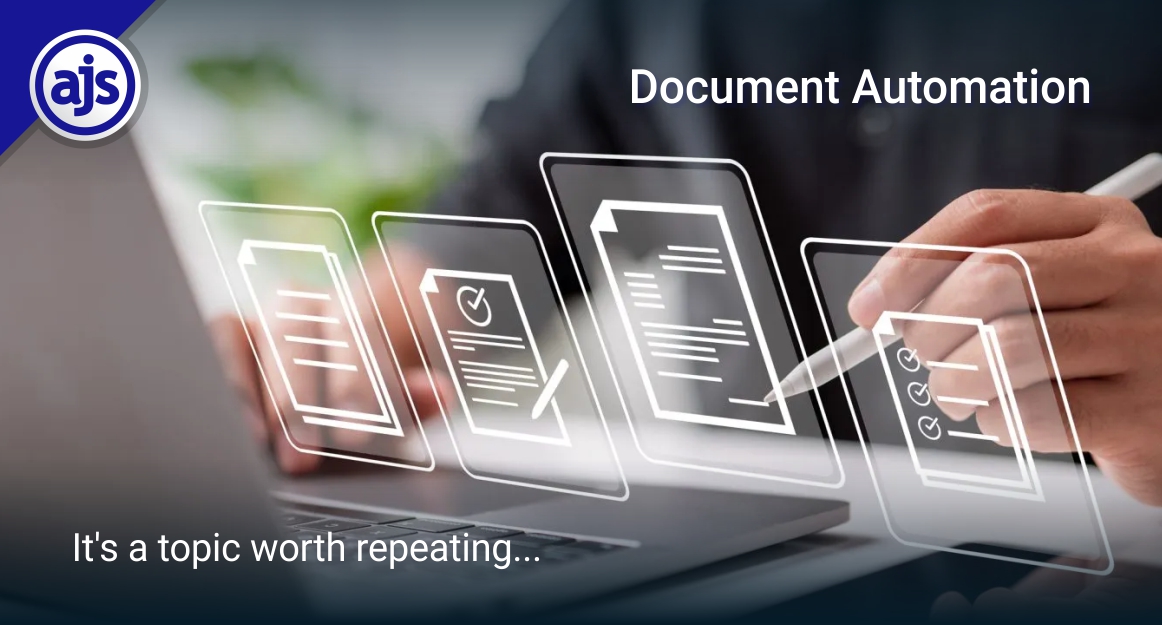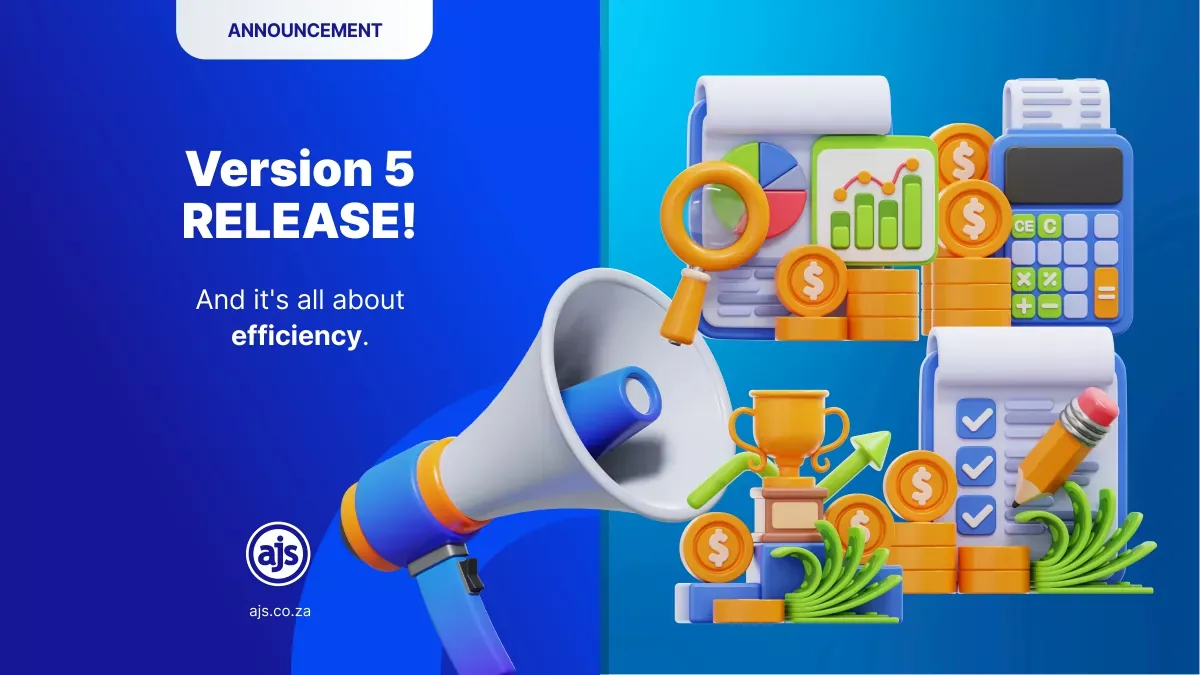
DOCUMENT AUTOMATION
It’s a topic worth repeating…
Where lawyers are concerned, documentation can seem unyielding. It comes with the territory.
Whether it’s the storing thereof, drafting thereof or managing the workflow thereof – law firms all drown in documentation.
Which is why document automation remains one of the most popular (and common) legal tech trends in the legal industry today.
And let’s put our cards on the table for a second. Because when we think of “legal tech”, we imagine a world that is innovative and forward-thinking, a world that uses technology that is cutting edge enabling us to do everything we need to do within our workspace – promptly, more efficiently, more effectively, offering better security and at a reduced cost.
We imagine a world that is automated. Everything done at the touch of a button. In fact, we imagine tech coming into our workplace automating labour-intensive tasks making our workload lighter – what more can I now do with my day?
Part and parcel of making things more efficient involves finding a better way to complete these tasks. And this is where document automation steps in – exactly where lawyers need the help.
Burdened by the increased demand for delivering contracts and/or other legal documents at an increasingly rapid rate, lawyers are not only looking for a way to streamline their law firm operations, but they are also looking at how they can churn out their outputs efficiently, promptly, with increased accuracy and with the added bonus of making their bill of costs more palatable. Call it the eternal “pipe dream”.
But it’s no longer a “pipe dream”, document automation is very much a part of service offerings of most legal tech service providers. Like AJS.
Sure, we may have written about document automation before. But it does remain high on the list of “must haves” and therefore bears repeating – just so we make sure that you are 100% clued up on what document automation involves.
What is document automation?
Document automation decreases the time it takes to execute contracts and produce various documents, thereby making every-day drafting tasks simple and efficient. And it’s achieved by using legal tech which automates the repetitive, manual processes by streamlining and systemising the workflow. The result? Increased productivity and fewer mistakes.
Popular-use cases include the preparation of non-disclosure agreements, employment agreements, lease agreements, procurement agreements, engagement letters and so much more.
In addition, by choosing the correct application, many document drafting processes proceed with little to no effort. This in turn means that more time can be spent on building client relationships rather than spending time on labour intensive, time consuming and (often) repetitive tasks.
In addition, and with the added use of cloud-based document automation, data is seamlessly integrated into templates which populate signature-ready documents instantly. Through programming language and automation technology, precise and accurate documents can be drafted in a single click.
How does document automation work?
According to Bigtincan, document automation works by –
“pulling data and text from a variety of sources and inserting it into predefined areas of document templates. These templates can include anything from simple text blocks to more sophisticated elements such as tables, graphs, and images. Automation is most useful for users who need to frequently assemble complex, data driven documents. Besides being a huge time saver, the user can ensure that the documents are always accurate, properly formatted, and most importantly, compliant.”
The document, which can be created from scratch by taking data and text from various sources and combining them into a new document. Alternatively creating a document from predefined templates with a simple questionnaire that formats responses into a final document with very minimal effort. The need for manual data entry, email reminders, printed paperwork, and other time-consuming steps is almost completely eliminated.
Furthermore, and on a more technical note, if you can identify rules for the templates, you draft using “if this” and “then that” statements, you can generate almost any error-free document in a fraction of the time.
With many lawyers worldwide, expressing concern over the increasing complexity and volume of documents they must draft and analyse, no one needs to guess why document automation is top on the list of tech trends three years in a row.
What are the benefits of automating documents?
Besides saving time….?
- Faster document generation – being able to automate your document automation either from scratch or through pre-defined templates enables law firms to churn out standardised documents in a fraction of the time it would take to manually draft the contracts. This frees lawyers up to attend to the more bespoke, intricate work.
- Reduced error – because there’s naturally less manual inputting of data and information, there’s obviously less chance of human error. Incorrect data input is almost a thing of the past, meaning that there’s not only greater accuracy but higher completion rates too.
- Documents on the go – should you have implemented cloud-based document automation, like what is offered by AJS, instead of being stuck at your desk, you can access your documents from just about anywhere on almost any device. You can also complete documents while on the go. Some more time saving – thank you very much!
- Version control – with document automation being stored in the cloud and in one workflow, you automatically create version control. No more multiple versions being stored on multiple drives or in various multiple emails. One version, one document. A single output. Simple as can be.
- Improved workflows – with automated reminders, pre-populated information and predefined templates, your workflows will not only become easier to manage but will be streamlined too – making you the most efficient law firm on the block. By automating your document drafting process, you are also able to spot any inefficiencies or redundancies that may arise. Out with the old and in with the new and efficient.
Increased profitability – with the above in mind, there’s only one thing that really jumps out at you. And that is profitability baby. Not only can you save time, but you can write more fees. And that could mean turning a profit. What’s not to love?
And that is – once again – document automation in a nutshell. What are you waiting for? By automating your documents, you’re embedding efficiency and organisation into the way your business functions.
And that’s a powerful thing.
To help you, AJS has a wide suite of products that incorporate document automation solutions into their service offering. In addition, XpressDox can be used as a stand-alone product that delivers an easy-to-use solution to help you and your team create documents quickly and efficiently.
To find out how to incorporate document automation into your existing accounting and practice management suite, or how to get started with legal tech, feel free to get in touch with AJS – we have the right combination of systems, resources and business partnerships to assist you with incorporating supportive legal technology into your practice. Effortlessly.
AJS is always here to help you, wherever and whenever possible!
(Sources used and to whom we owe thanks: Bigtincan and Docubee)
– Written by Alicia Koch on behalf of AJS





Leave a Reply